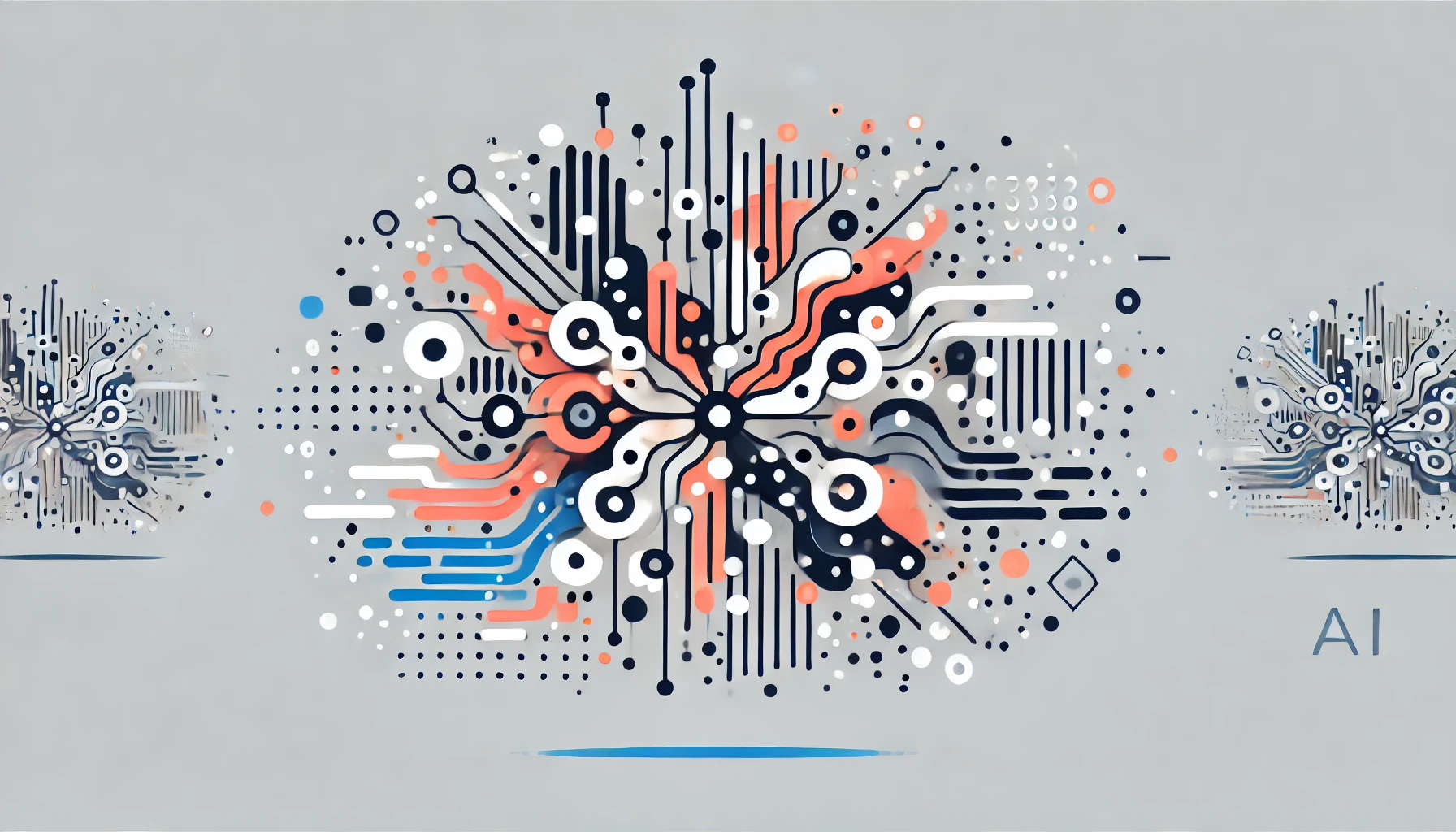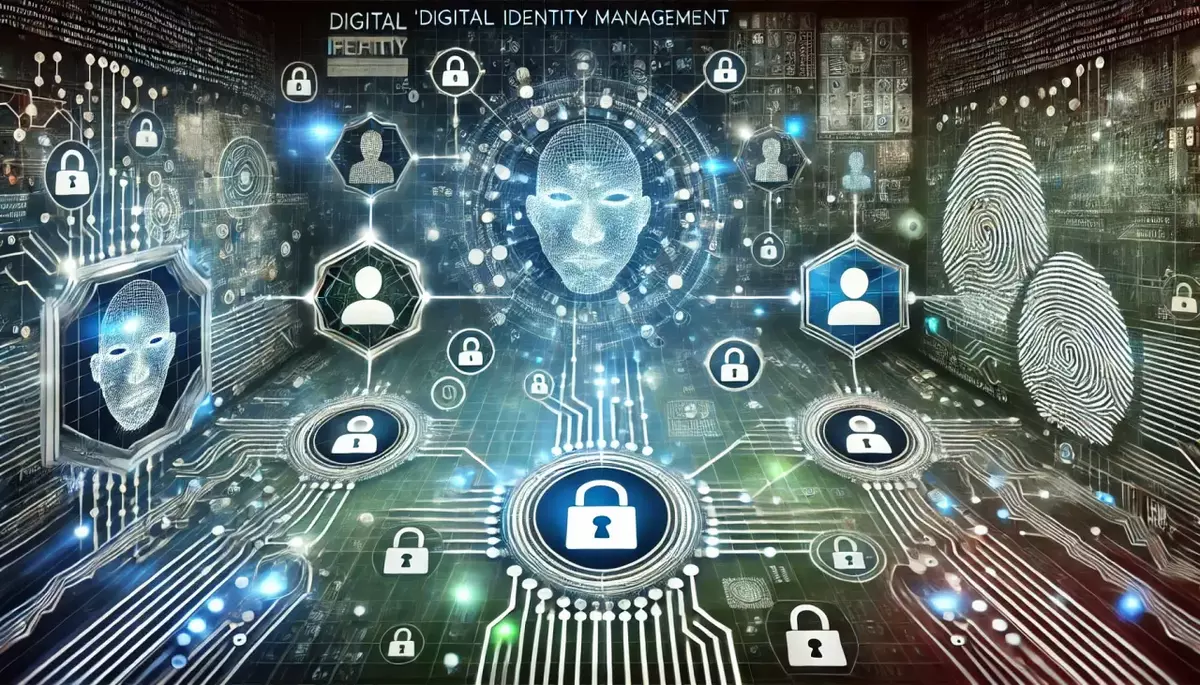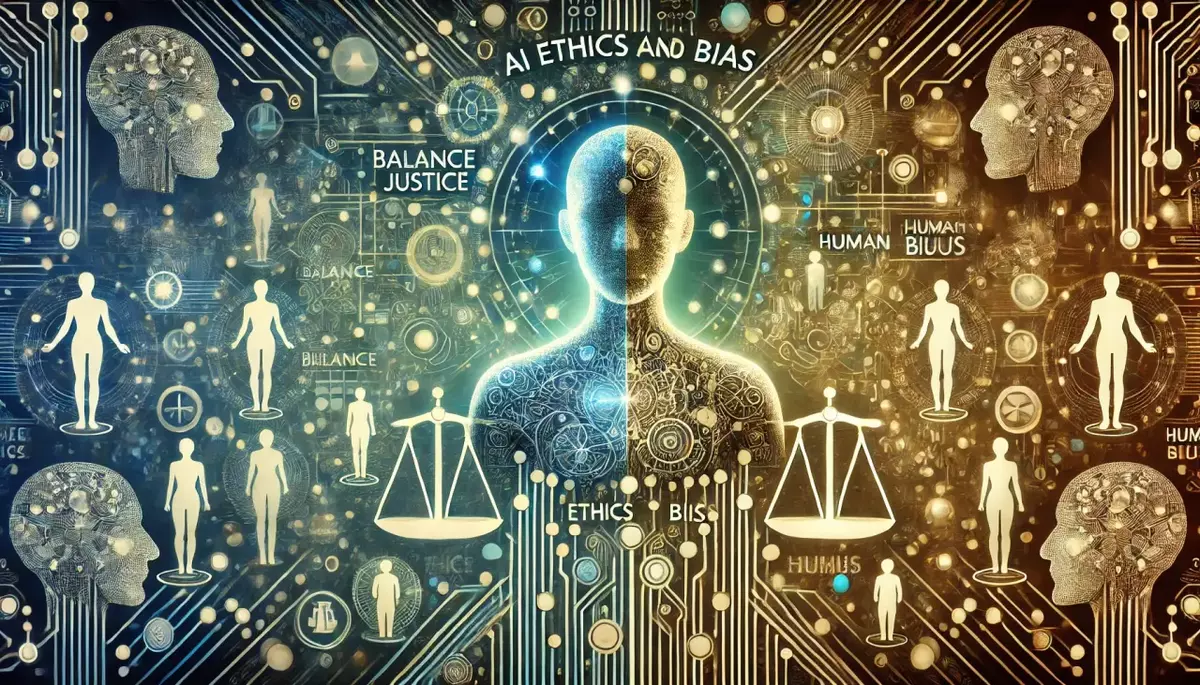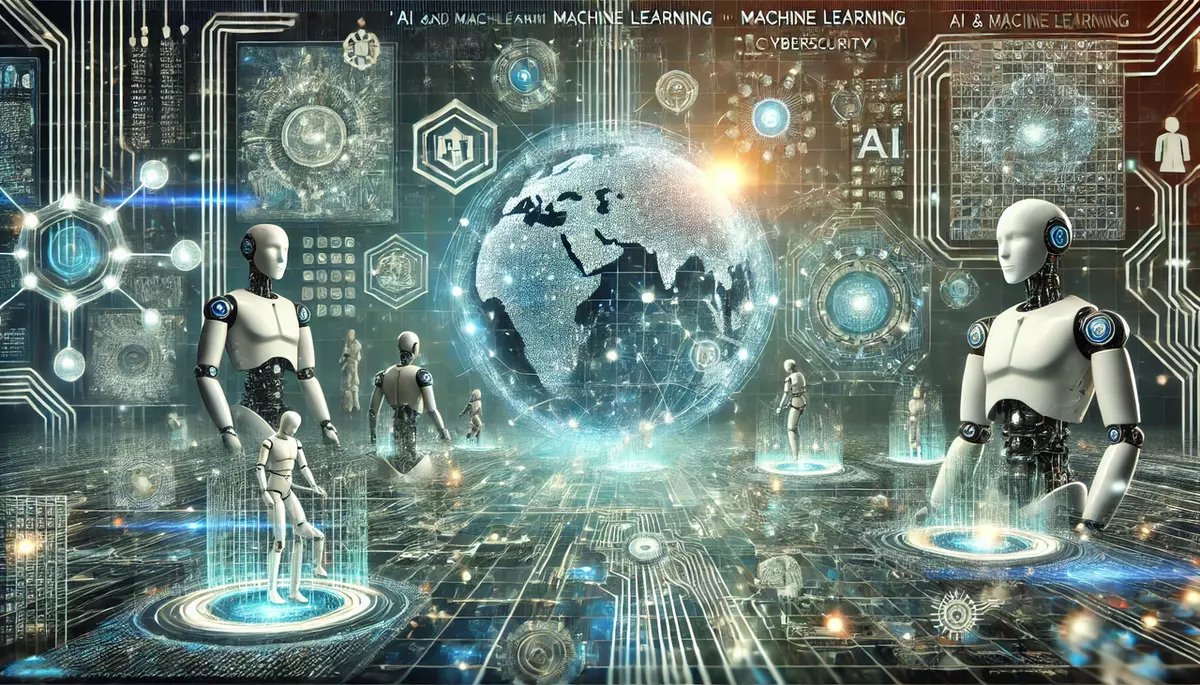Introduction
A living document, also known as an evergreen document or dynamic document, is a document that is continually edited and updated over time. Unlike static documents, which remain largely unchanged after their creation, living documents evolve and grow to remain relevant and accurate. They are particularly useful in environments where information changes frequently or where collaboration and current knowledge are critical.
What is a Living Document?
A living document is characterized by its ongoing development and adaptability. It is not intended to be final or complete at any given time but is maintained actively to reflect the latest information, discoveries, or developments.
Key Characteristics of a Living Document:
- Editable: It can be updated by authorized individuals or groups.
- Current: It is regularly reviewed and revised to ensure it contains up-to-date information.
- Accessible: It is often available to a broad audience, sometimes in a collaborative environment like a wiki or shared document platform.
How Does a Living Document Work?
Living documents work on the principle of continuous improvement and iteration. They are typically managed through document management systems or collaboration platforms that track changes and revisions.
Common Features of Living Documents:
- Version Control: Each revision is recorded, often with notes on the changes made.
- Authorship Tracking: Contributions by different authors can be tracked.
- Commenting and Discussion: Stakeholders can discuss content and suggest changes.
- Access Control: Permissions can be set to control who can view or edit the document.
Applications of Living Documents
Living documents are used in various fields and contexts:
Business and Project Management:
- Project Plans: Documents that outline project goals, strategies, and progress.
- Policy Manuals: Company policies that need to reflect the latest legal and organizational changes.
Software Development:
- Technical Documentation: Software documentation that needs to stay current with the latest version of the software.
- Agile Methodologies: Product backlogs and sprint plans that are continually updated.
Education:
- Curriculum Guides: Educational materials that evolve with teaching practices and standards.
- Research: Collaborative research papers that are updated as new findings emerge.
Governance:
- Legislation: Documents detailing laws and regulations that may be amended over time.
- Standards and Best Practices: Industry standards that evolve with technology and practices.
Challenges in Maintaining a Living Document
Maintaining a living document presents several challenges:
- Information Overload: Ensuring the document remains coherent and navigable despite frequent changes.
- Quality Control: Maintaining the accuracy and reliability of the content.
- Consistency: Keeping the style and tone consistent across multiple authors and revisions.
Best Practices for Managing Living Documents
To effectively manage living documents, certain best practices should be followed:
- Clear Guidelines: Establishing rules for how and when the document should be updated.
- Regular Reviews: Scheduling periodic reviews to ensure the document remains accurate and relevant.
- Change Management: Implementing a process for proposing, discussing, and approving changes.
- Archiving: Keeping snapshots or versions of the document at various stages for historical reference.
Future Directions in Living Document Management
The future of living document management is likely to involve:
- Advanced Collaboration Tools: Enhanced tools for real-time collaboration and editing.
- Artificial Intelligence: AI to assist in maintaining document consistency and quality.
- Integration with Other Systems: Seamless integration with data sources and other business systems to automatically update documents.
Conclusion
Living documents are an essential tool for managing information in dynamic environments. They facilitate collaboration, ensure the currency of information, and support continuous improvement. Properly managed, living documents can significantly enhance knowledge sharing, decision-making, and operational efficiency.
This knowledge base article is provided by Fabled Sky Research, a company dedicated to exploring and disseminating information on cutting-edge technologies. For more information, please visit our website at https://fabledsky.com/.
References
- Conklin, J. (2005). Dialogue Mapping: Building Shared Understanding of Wicked Problems. Wiley.
- Bernstein, A. (2011). How to manage dynamic documents: A survey of current practices. Proceedings of the ACM 2011 conference on Computer supported cooperative work, 257-260.
- Wenger, E., McDermott, R., & Snyder, W. (2002). Cultivating Communities of Practice: A Guide to Managing Knowledge. Harvard Business Press.
- Riehle, D. (2006). A model for the continuous editing of comprehensive documents. Proceedings of the 2006 international symposium on Wikis, 173-184.


























